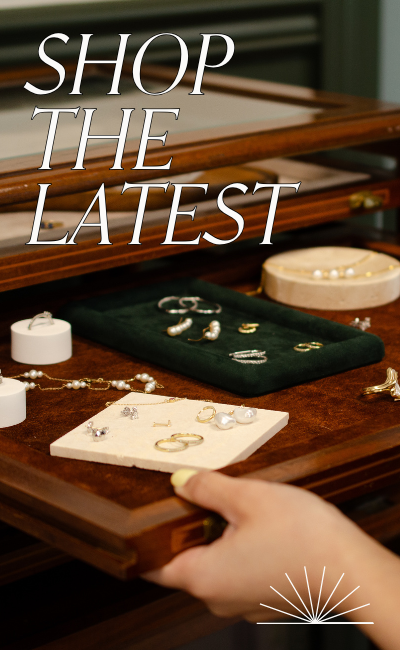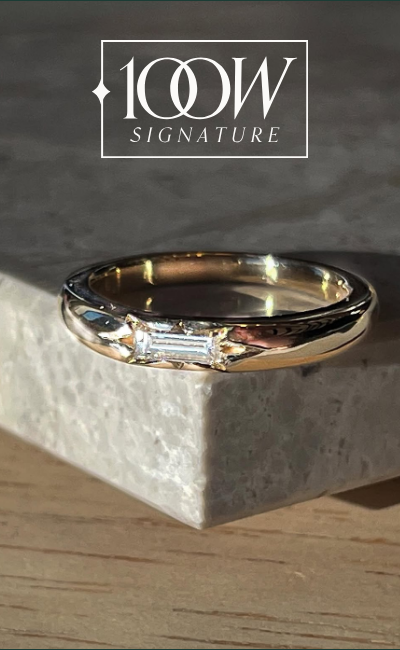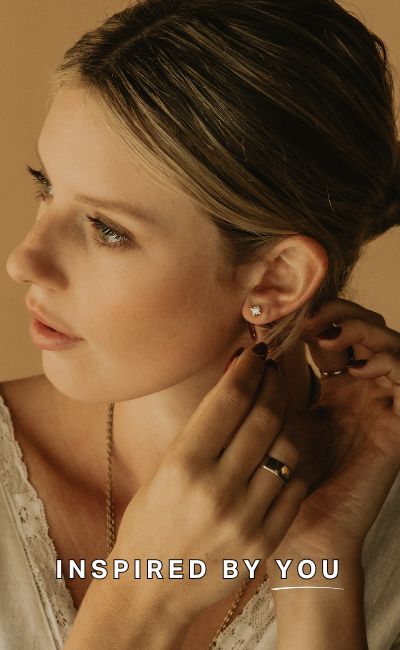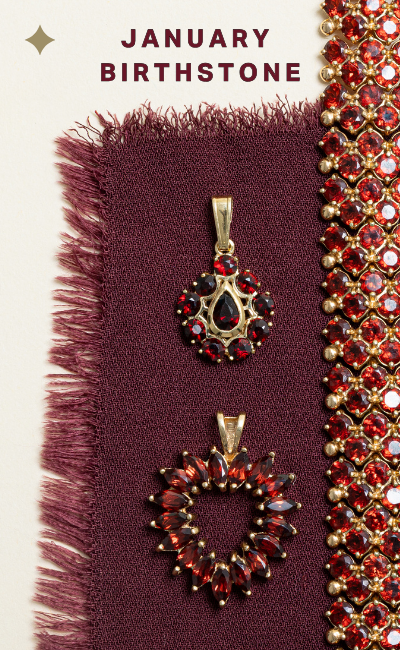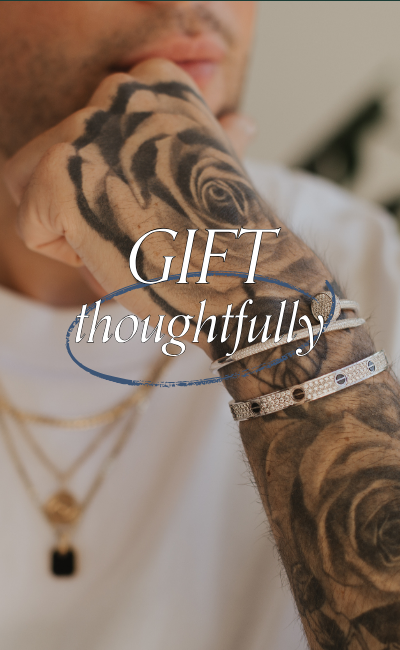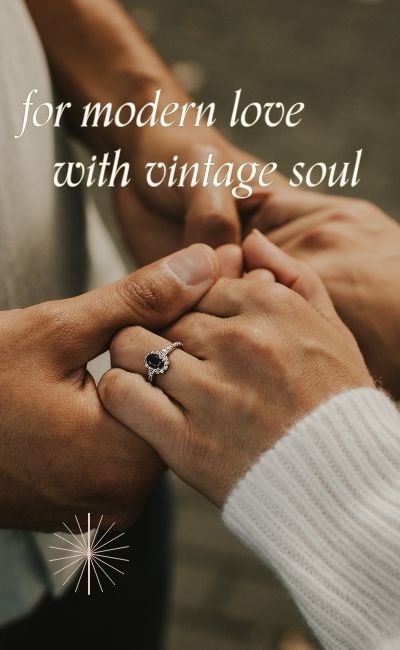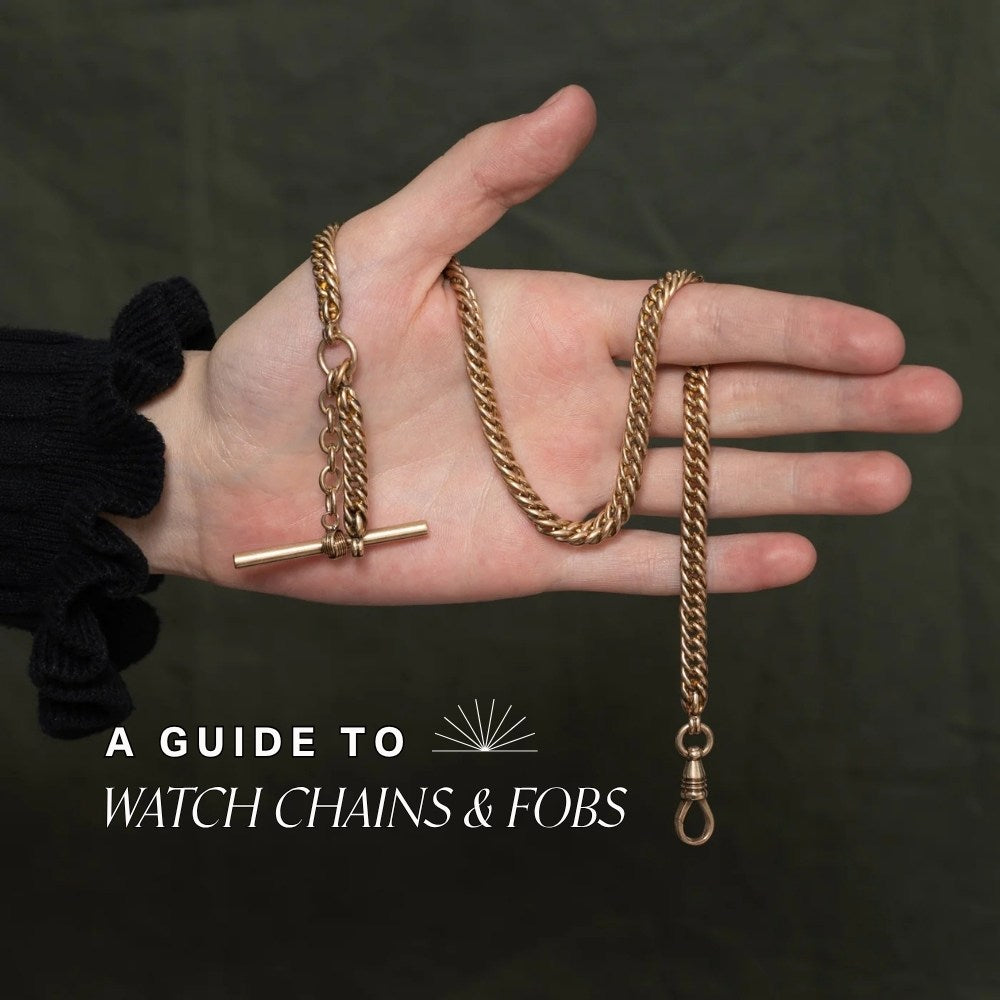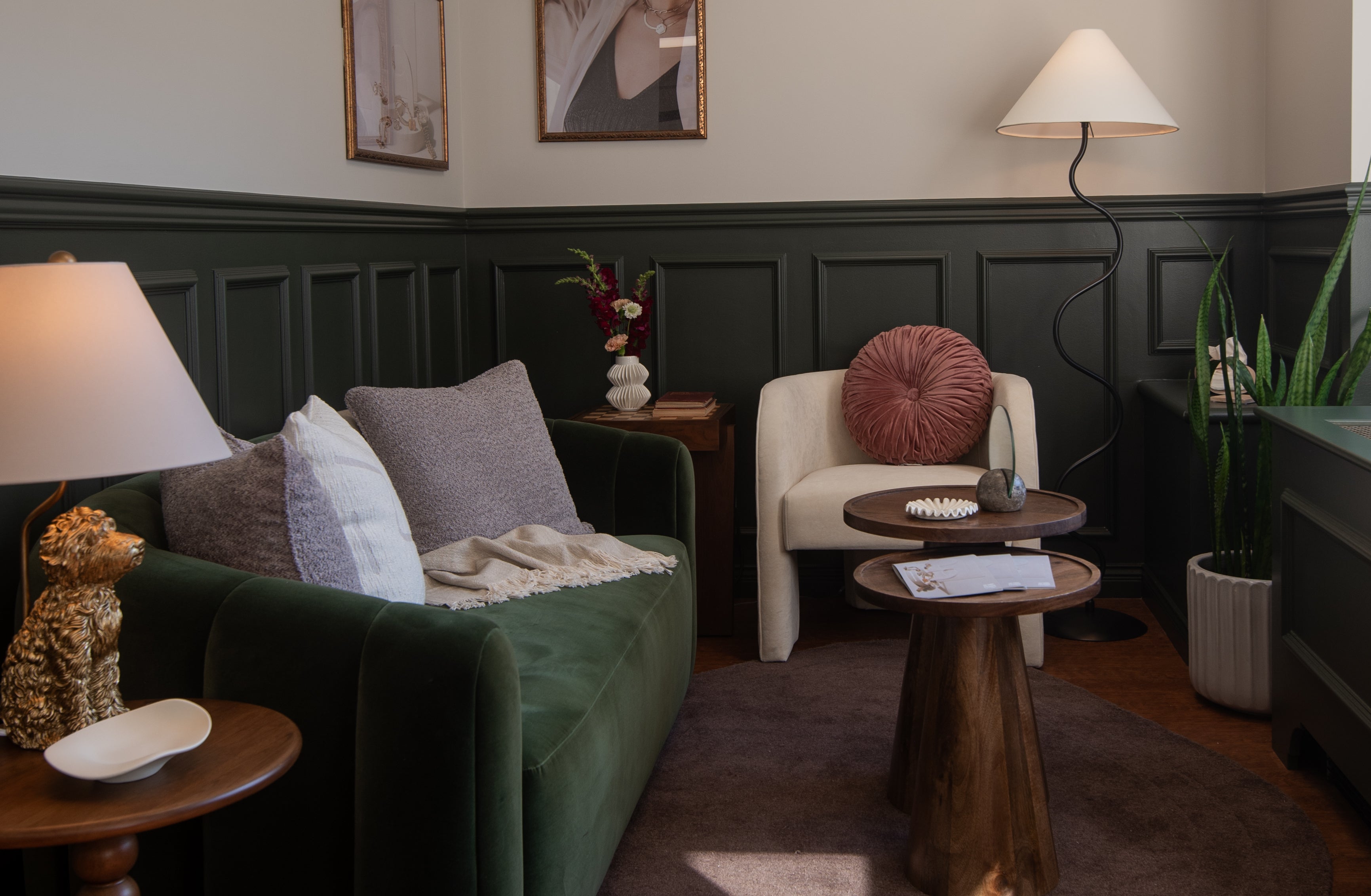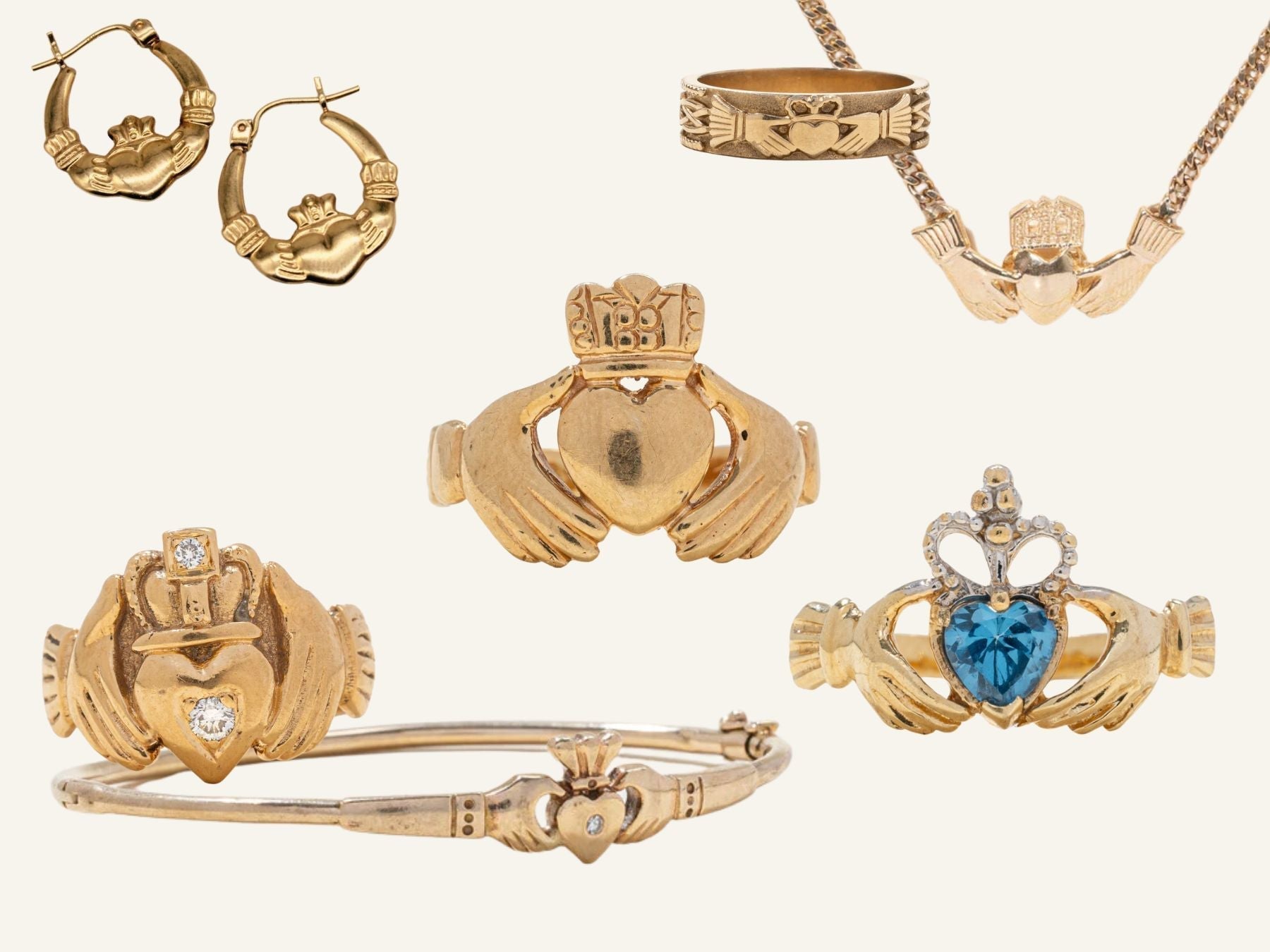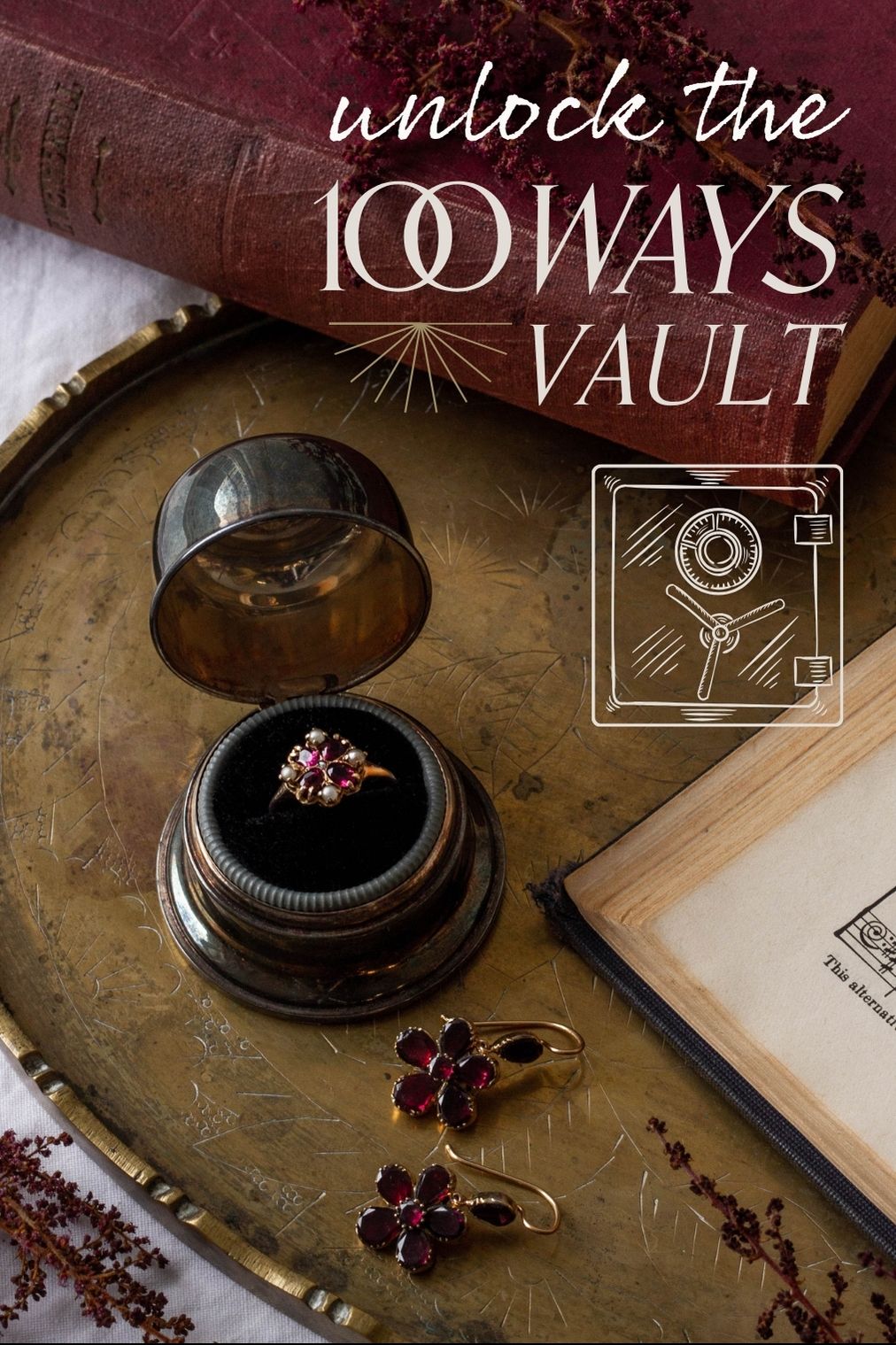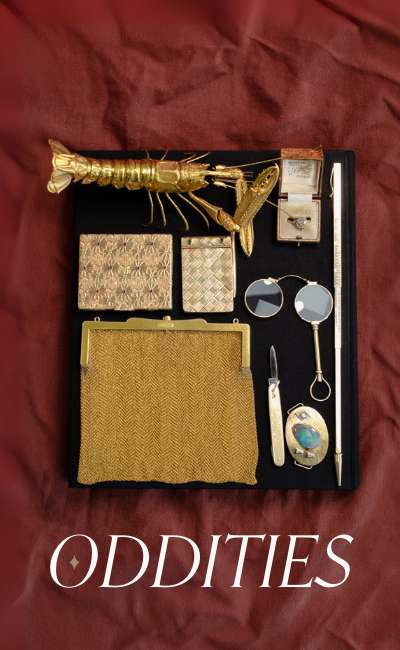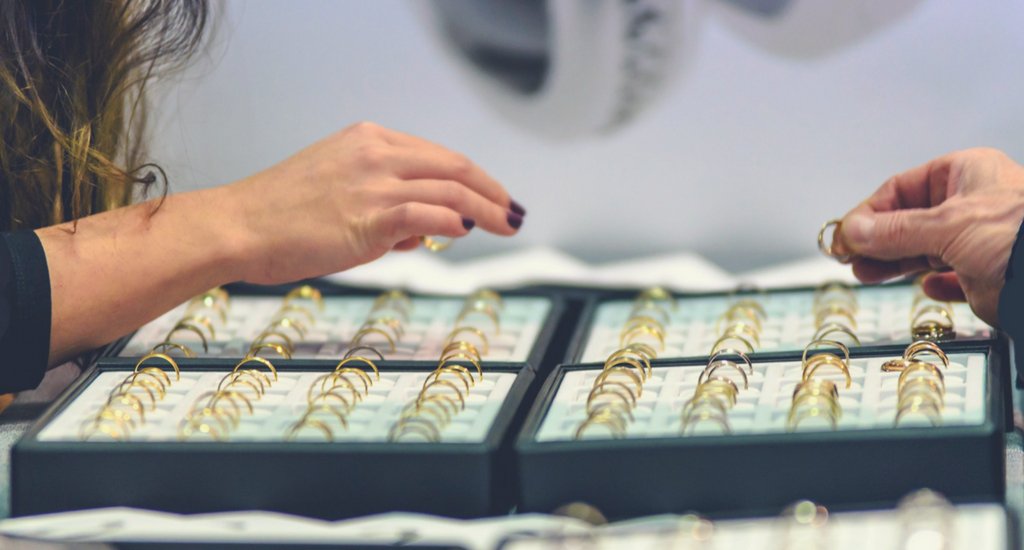
When shopping for fine gold jewellery, it is a good idea to be informed about the gold content of the items you are interested in. You may already have come across some terminology you’re unfamiliar with such as ‘karat’ or ‘assay’. In short, these represent the same thing, a ratio. While the idea of discussing ratios doesn’t excite everyone, keep in mind that the price and durability of gold is drastically affected by its relative karat/purity/assay, and therefore this ratio is important to understand before making purchasing decisions.
First off, we may have to break a popular, but false, belief: real gold jewellery is rarely 100% gold. Typically, it’s anywhere from 33.3% to 99.9% gold, depending on its karat/purity/assay, or in other words its ratio of gold to other metals. Most jewellery, in fact, is between 41.7% and 75% gold. While this may seem like disappointing news to gold lovers, it’s actually favourable that the consumer can choose different gold ratios because it creates flexibility in the price, durability, and colour of our jewelry.
Now, let’s combine our terminology; ‘purity’ and ‘assay’ both represent the gold-to-other metals ratio. For example, if a ring is marked 750, then its purity/assay is 75% gold, and the remaining 25% comes from other additive metals which helps to lower the price and increase the durability. The purity/assay is often stamped directly onto the piece using ‘karat’, ‘K’ or ‘KT’ notation. Karat notation simply breaks the piece into 24 parts and can be converted directly back into the purity/assay.
|
Karat |
Purity/Assay |
||
|
9K 10K 14K 18K 22K 24K |
9/24 10/24 14/24 18/24 22/24 24/24 |
375 417 585 750 917 999 |
37.5% gold 41.7% 58.5% 75.0% 91.7% 99.9% |
It’s important to pick the right karat for your lifestyle. As the karat increases, so do the price and softness of the gold. For example, 10K gold is more affordable and very strong, making it ideal for those who work with their hands. While 18K gold has a higher purity/assay than 10K and 14K, it’s also much costlier and more easily dinged or scratched.
The right karat for you depends on how much you’re willing to spend combined with how much ‘wear and tear’ you expect the piece to withstand. Before buying, consider whether you prioritize the purity or the strength of the piece. If you prioritize the purity, go for a higher karat and expect to pay more. If you prioritize the strength, go for a lower karat and expect to enjoy durability.

